In a recent interview with Dr. Xuan Zhang a principal materials scientist at Argonne National Laboratory, and Niall O’Dowd, the founder of Phase3D, we learned more about the collaboration between the two organizations, the use of 3D printing of nuclear applications, industrialization of additive manufacturing and goals for a greener and more efficient 3D printing process.
Dr. Xuan Zhang has a background in materials science and has spent almost ten years at Argonne National Laboratory. Her work includes understanding the behavior of materials in nuclear environments. Argonne National Lab itself has a long history with nuclear science. The Department of Energy-sponsored institution is the direct successor of the Manhatten Project’s Metallurgical Laboratory. Phase3D was founded by O’Dowd in 2020, towards the end of a five-year stint at another DoE-sponsored advanced science institute, Los Alamos National Laboratory in New Mexico.
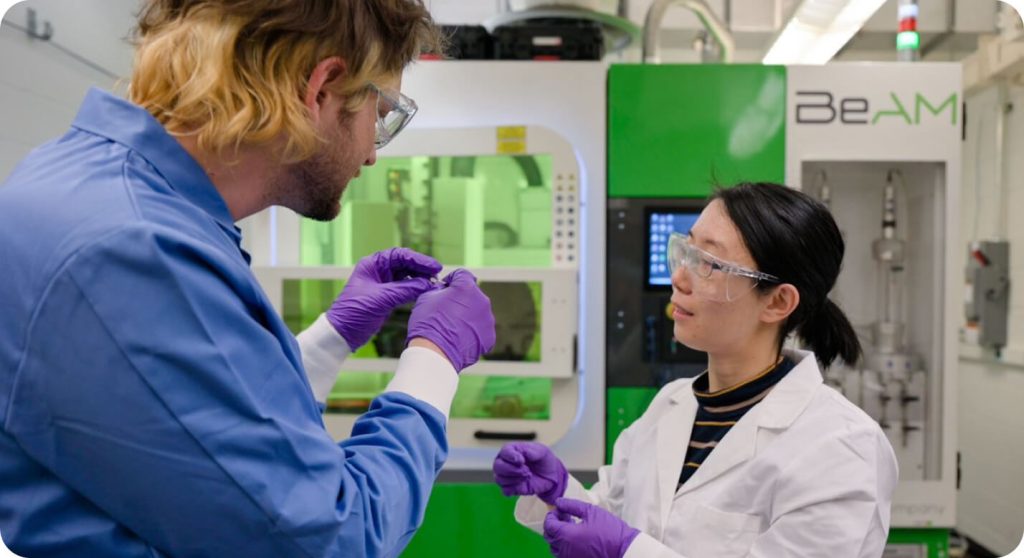
Revolutionizing Nuclear Engineering with Metal Additive Manufacturing
Dr. Zhang highlighted the high interest in additive manufacturing in the nuclear engineering field. The Department of Energy and the Nuclear Regulatory Commission are actively sponsoring programs to support the application of additive manufacturing in nuclear engineering. “A critical issue is how to qualify a part. We are used to qualifying materials,” Dr. Zhang explains. Component qualification, given that AM involves simultaneous material and component production, “it’s a totally different issue .. we need to go directly to component qualification.” In-situ monitoring technologies, such as Phase3D’s system, are believed to be the future for component qualification.
Some reactors have already adopted 3D printed components, such as fuel assembly racks, for real environment testing. However, most current applications are non-critical, non-load-bearing parts that bypass many regulatory requirements. The goal is to expand the use of AM in load-bearing critical components.
One of the pressing needs for AM in nuclear engineering comes from the aging reactors currently operating in the US. Many components must be replaced, but their original equipment manufacturers (OEMs) are no longer available. “We are at a very critical point to decide whether we should just shut them off or continue to extend their operationalized license,” says Dr. Zhang. AM offers a way to manufacture these obsolete parts at a minimal cost. Developing next-generation reactors requires new materials that can withstand higher temperatures, radiation doses, and thermal loads. Additive manufacturing can fine-tune material microstructures and mechanical performance, potentially creating new materials for more demanding reactor operating environments.
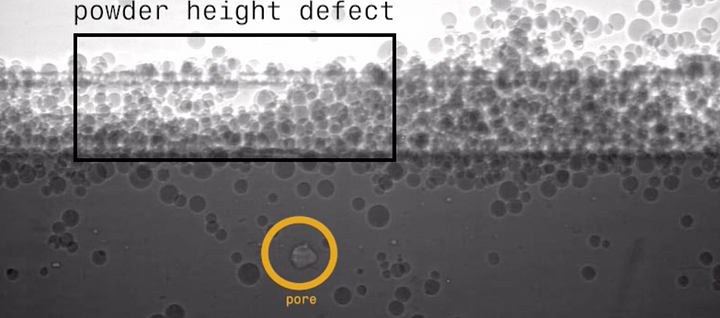
Phase3D’s Approach to the Industrialization of Additive Manufacturing
The partnership, which began when O’Dowd won the Chain Reaction Innovations Fellowship in 2021, aims to improve the sustainability and efficiency of additive manufacturing while ensuring part quality. The fellowship is “a way for startups and entrepreneurs to collaborate with the Federal Department of Energy Lab ecosystem to derisk technology and create this ecosystem,” says O’Dowd.
Phase3D’s innovative technology allows for real-time inspection of parts during the 3D printing process. This enables technicians to increase printer utility, reduce waste, and decrease the throughput of defective parts to post-inspection processes. The technology is particularly helpful in reducing the need for CT scanning, fatigue testing, and tensile inspection on parts that receive an all-clear during the printing process.
The Phase3D process, which uses structured light scanning, measures a height map of each layer before and after melting in powder bed-based 3D printers. This provides a 3D visualization of any height-based anomalies, allowing technicians to “make informed decisions about build cancellation” in real-time. The system also stores 3D height maps locally for material scientists to analyze and determine the root cause of part failures.
Anomalies detected during the printing process can include those caused by recoater streaks, short feeds, or issues with the metal powder not spreading evenly. These defects can lead to a lack of fusion, keyhole porosity, and other problems in the final part. In addition to these anomalies, Phase3D’s technology also scans for spatter particles, which can combine and land on the exterior of the part, causing fatigue cracking and other detrimental effects. “It’s really a way to gain insight onto the process in a data-rich environment,” says O’Dowd.
“We actually have a video taken by the advanced photon source where we created one of these powder bed defects, and we took high-speed synchrotron X-ray video of the melt pool,” explains O’Dowd. “We’re able to see a keyhole pore-forming based on an area with one of the powder defects we measure,” he adds.
By addressing these issues and refining the 3D printing process, Phase3D and Argonne National Lab hope to contribute to a greener future for additive manufacturing. Specifically by reducing the waste that comes with flawed builds. Their work is a promising example of how collaborations between startups and federal research institutions can lead to groundbreaking advancements in sustainability and efficiency. As the Phase3D website says, “Say goodbye to printing on a prayer—find & fix the defects on the first day.”
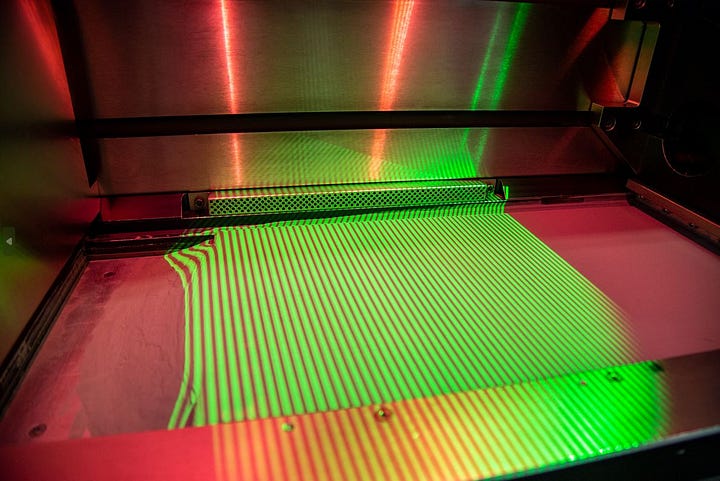
Pioneering Green Manufacturing with Real-Time 3D Printing Inspection
O’Dowd explains that the occurrence of defects or anomalies in 3D printing processes is closely tied to specific geometries, making it difficult to generalize across all materials and shapes. The long-term goal of Phase3D’s work aims to enable a more automated and data-driven inspection process, ultimately reducing the need for human interaction in component certification and inspection. This would support the transition of additive manufacturing from prototyping to end-use parts production in various industries, such as automotive, aerospace, and medical.
“The company is named Phase3D because we’re really seeing this pivotal phase of AM transitioning from prototyping to end-use parts,” said O’Dowd.
Currently, the company is focused on anomaly detection, with Phase3D creating an early adopter program for customers to use their detection system. By sharing data, they hope to develop the necessary datasets to determine which anomalies lead to part defects and how to correct them.
In the quest for a closed-loop feedback system, Phase3D is collaborating with 1000Kelvin, a company specializing in corrective tool pathing. They have recently won a phase one US Air Force contract to explore combined technology that uses height mapping and AI-driven scan path updates to manage heat during the 3D printing process.
Furthermore, Phase3D is working on a proposal with a metal 3D printing OEM to explore using non-gaussian beam shapes to “penetrate or smooth over or do a bunch of funky metallurgy corrective actions.” While the industry is still working towards a fully closed feedback system, these research efforts and collaborations pave the way for more reliable and efficient 3D printing, which could revolutionize green manufacturing.
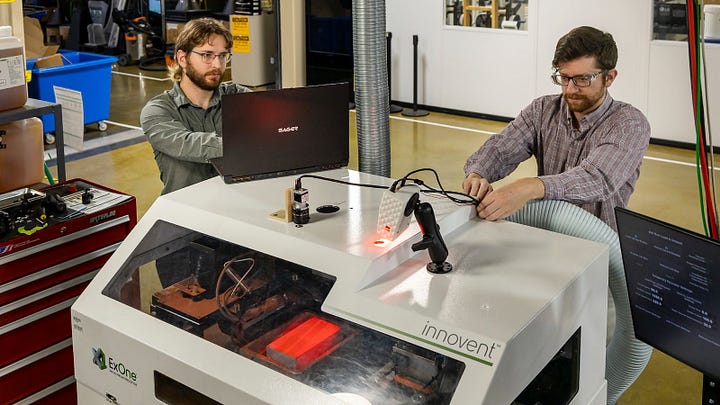
Developing New Materials for Nuclear Reactor Applications
Dr. Zhang explains that nuclear reactor applications require materials with long-term mechanical performance, including fatigue, creep, and creep-fatigue properties. These properties determine how the material will deform under high temperatures during decades of operation. Additive manufacturing allows for greater freedom in material composition, making it possible to add new elements or create composite materials with ceramic inclusions, for example. The technology also enables the creation of functionally graded materials, which could replace dissimilar metal welds that cause problems in reactor operation.
Additive Manufacturing: Industry Maturity and Sustainability
The maturity of additive manufacturing varies significantly between industries. While the aerospace industry has reached a more mature stage, the nuclear industry is just beginning to adopt the technology. The nuclear environment presents extreme conditions, and reactors are built to operate for decades, making inspection and qualification critical.
Regarding the sustainability of additive manufacturing, a lifecycle analysis (LCA) considers the costs of material production, transportation, operation, maintenance, and disposal of the part at the end of its life. While additive manufacturing currently has a high cost due to the research stage and many variables, there is room for improvement in all aspects. As the technology matures and becomes more widespread, costs can be dramatically reduced, similar to the development and marketing of new drugs. “I think there’s a lot of room for the additive manufacturing industry to improve in all aspects,” concludes Dr. Zhang.
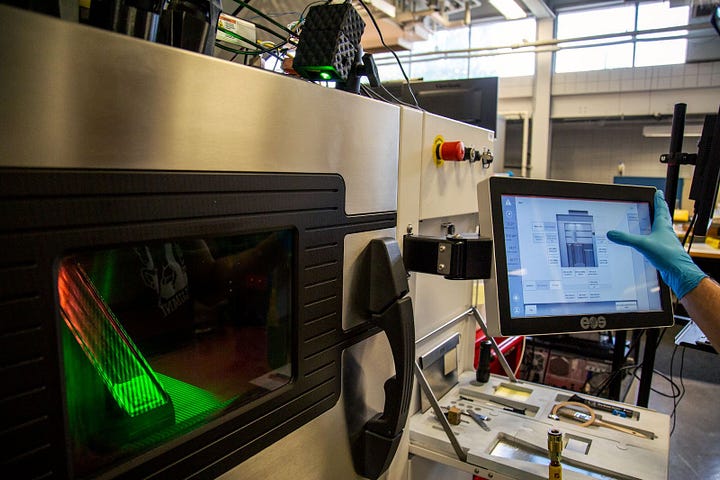
To stay up to date with the latest 3D printing news, don’t forget to subscribe to the 3D Printing Industry newsletter or follow us on Twitter or liking our page on Facebook.
While you’re here, why not subscribe to our Youtube channel? featuring discussion, debriefs, video shorts and webinar replays.
Are you looking for a job in the additive manufacturing industry? Visit 3D Printing Jobs for a selection of roles in the industry.
Featured image shows Phase3D’s Niall O’Dowd and ANL’s Xuan Zhang. Photo via Argonne National Laboratory.



